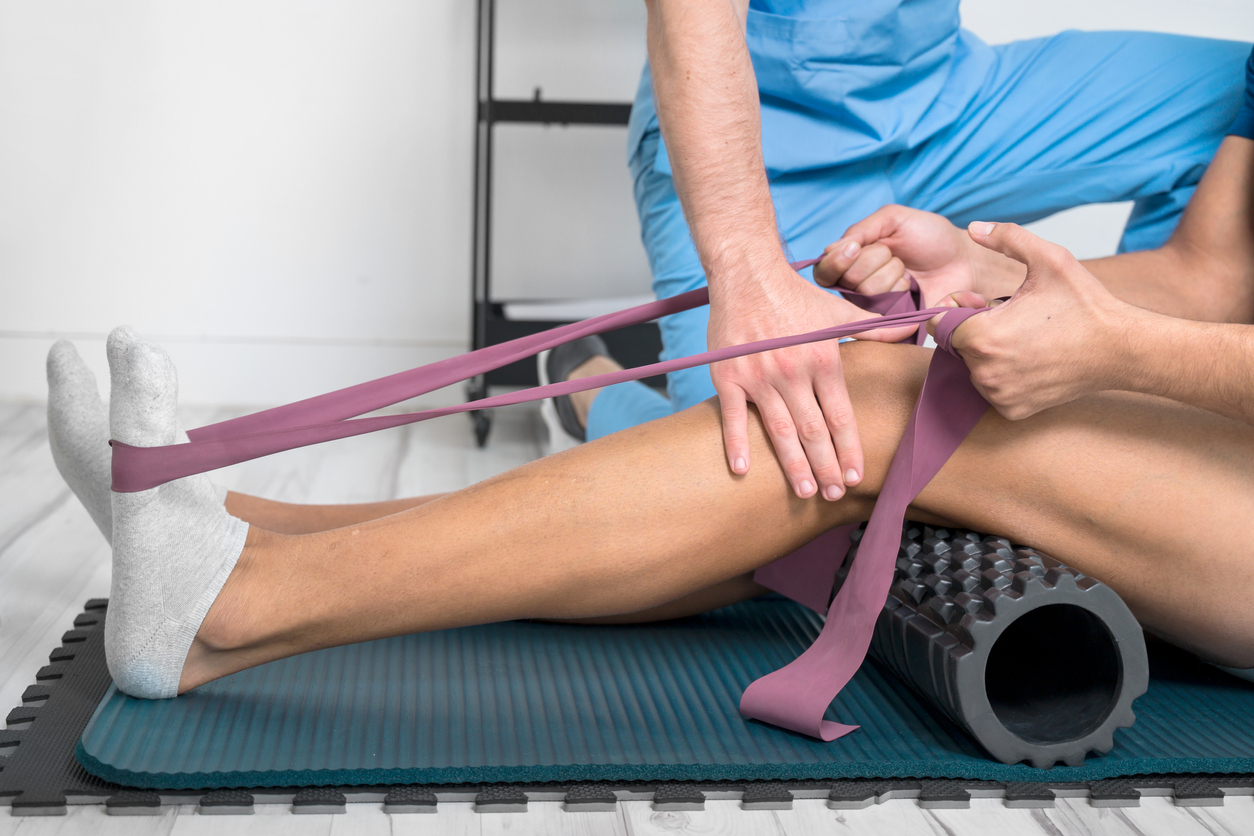Treatments
Physical Therapy for Pain Relief

What is physical therapy?
The main goals of physical therapy (PT) are to provide pain management, improve mobility, maximize functionality, implement injury recovery, and prevent future damage. A physical therapist evaluates the person and condition to treat illnesses and injuries related to the musculoskeletal (bones and muscles), neurological (brain), cardiopulmonary (heart and lungs) and integumentary (skin) systems.
Physical therapy for pain relief
Physical therapy, also referred to as physiotherapy, is often used as a standard treatment for chronic pain or pain related to an injury. However, many health conditions respond well to physical therapy, including back pain, headaches, diabetes, chronic obstructive pulmonary disease (COPD), etc.
The therapy
A physical therapist evaluates the person and condition to treat illnesses and injuries related to the musculoskeletal (bones and muscles), neurological (brain), cardiopulmonary (heart and lungs) and integumentary (skin) systems. During the first visit to a physical therapist, a medical history will be gathered, and a physical examination will be performed. Treatment goals will be determined, and treatment techniques will be established.
Physical therapy treatment types
Physical therapy treatment plans vary individually. There are several types of treatments that physical therapists can offer based on an individual’s needs and health condition. These treatments include, but are not limited to, the following:
- Stretches
- Physical activities
- Joint mobilization
- Massage
- Temperature therapy
- Ultrasound
- Traction
- Electrical stimulation
- Dry needling
- Whirlpool
- Laser or light therapy
As with any treatment, consult a health care profession to determine if physical therapy is an appropriate treatment plan.
Additional source: Verywell Health


















